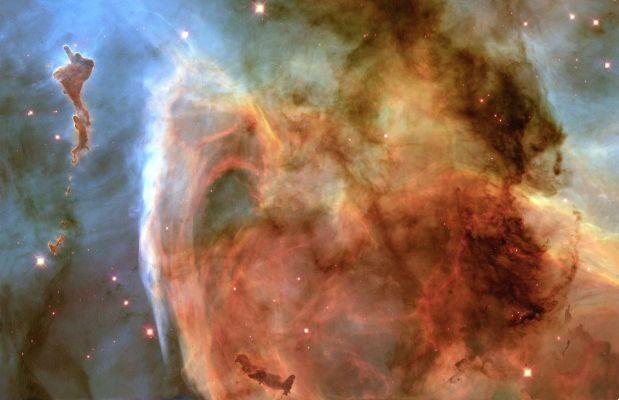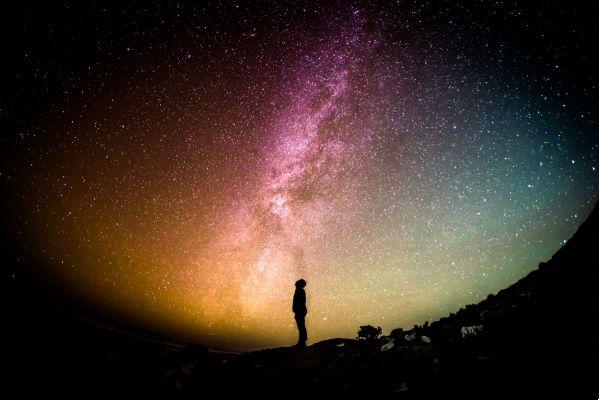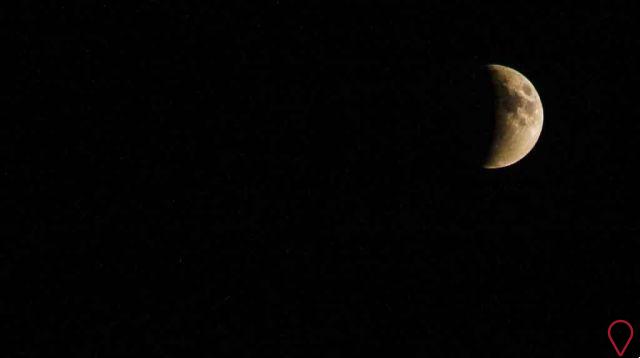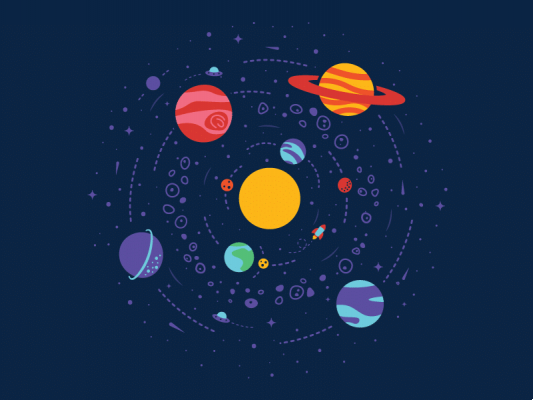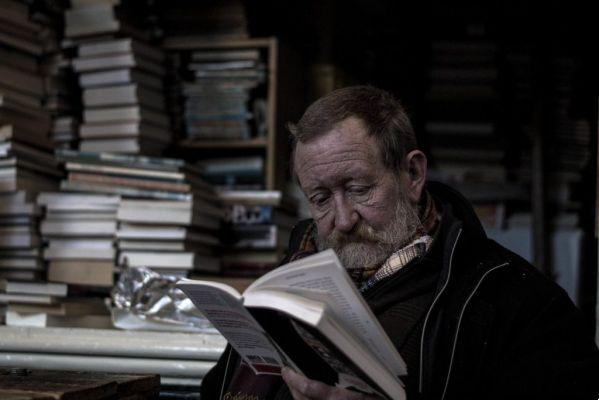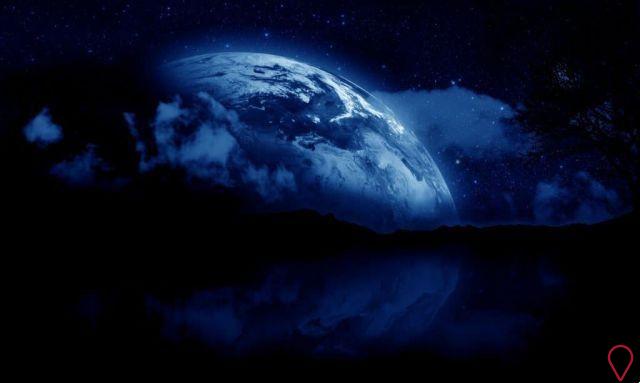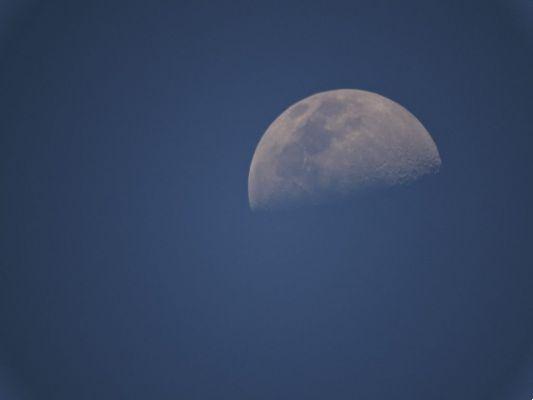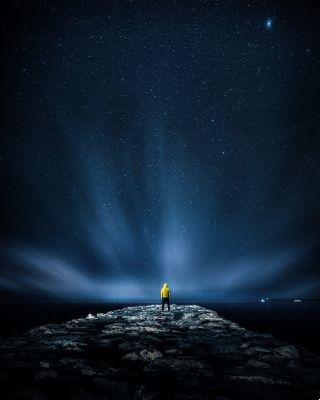On January 9th, in España, we celebrate Astronaut Day, one of the most fascinating professions in the world, which inhabits the imagination of children and adults alike.
Who has never dreamed of one day seeing the Earth from above or unraveling the mysteries of the Universe, but being there, in outer space, exploring planets and other celestial bodies and – who knows, one day? – other galaxies?
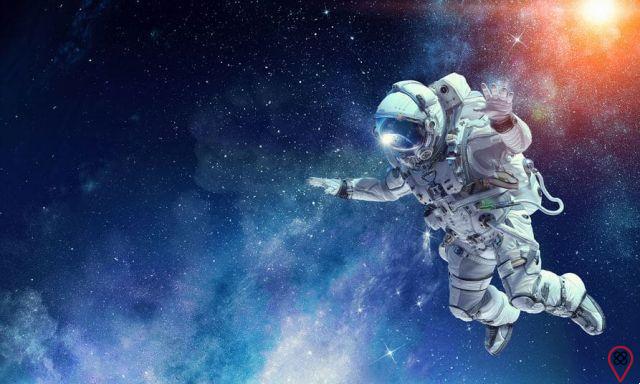
date origin
The decision to create an Astronaut Day here in España is a tribute to the Centenary Mission, which took the first Español to space.
January 9 is a reference to the French balloonist Jean-Pierre Blanchard, who on that same day, in 1793, performed the first balloon flight in North America. This feat became a milestone in the conquest of outer space.
You may also like
- Are we ready to live in space?
- Find out who are the world's greatest astronauts
- Find out what the Dalai Lama says about extraterrestrial contact
Astronaut – origin of the name
The astronaut is a person trained for space travel, performing all tasks related to the role – command, piloting, extravehicular activities, exploration. He is the professional who travels through space.
The term “astronaut” originates from the Greek, by the union of “astron” (star) and “nautes” (navigator, sailor). This word appeared in Percy Greg's fictional novel, "Across the Zodiac" (1880). The first time the term was used scientifically was in 1929, in an article in the “Journal of the British Astronomical Association”. Only in 1959 did this term become official for NASA, the North American space agency, the largest and most respected in the world, a reference when it comes to space exploration.
There is the term “cosmonaut” – also from the Greek, with the element “cosmos” (Universe) replacing “astro”. More recent than “astronaut”, this word began to be used officially to entitle Yuri Gagarin (kosmonavt), the first man to go into space. This difference in nomenclature was the result of the dispute between the USA and the Soviet Union, in the space race. A fight that had its origins in the Cold War.
China, another country able to send professionals into space on its own, calls its space travelers taiconauts (with the first element meaning “space” in its language).

The astronaut's work
It is a mistake to think that an astronaut's job is limited to space missions or explorations in Earth orbit. Most of his career is devoted to ground training, supporting missions.
Some of the activities carried out on the ground are: mission control (communicating with astronauts in orbit); checking crew procedures and task lists; checking space stations, as well as spacecraft software; development of tools for use during crew extravehicular activities; support for scientists in experiments that will be used in space; among others.
In space
When on board, the crew has a series of tasks to perform, in addition to the space missions themselves. Among them, the observation of the Universe and the Earth stand out; installation and maintenance of satellites; the maintenance of the spacecraft itself; carrying out scientific experiments in space (such as, for example, the cultivation of plants and materials, to see how the process occurs in that environment; also analyzing how the human body behaves off Earth and in the absence of gravity).
For those who are in space, common day-to-day tasks are performed in a very peculiar way, some even with some difficulty, requiring adaptation and a lot of flexibility.
For example, they take dehydrated food and, at the time of consumption, put it in a water dispenser, for rehydration. To brush your teeth, you need to use a water bubble, as there is no running water. Hygiene is usually done with products that do not require water for rinsing. Since there is no gravity, the sleeping position doesn't make much difference. Most of the time, they sleep standing up, in sleeping bags, tied to the wall or in cabins.
The effects of gravity can negatively affect the human body, in case of prolonged stay in space, causing problems such as loss of muscle and bone mass (astronauts can lose about 1% of bone mass per month), loss of blood volume (the which can decrease cardiovascular capacity). Therefore, it is necessary to practice constant physical exercises while in orbit. For this, it is important that the professional also undergoes intense training before being ready to travel.
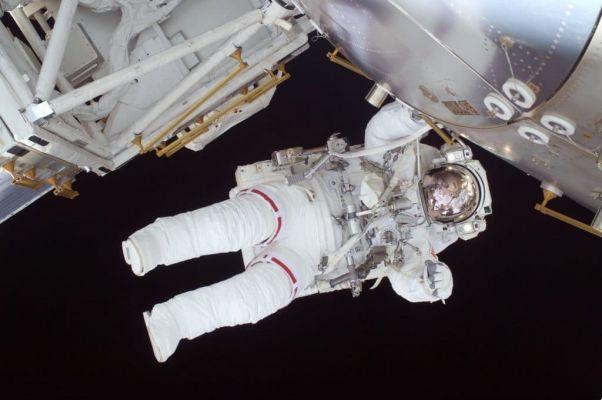
What does it take to be an astronaut
To begin with, it is necessary to have a background in scientific areas, as well as a lot of experience after graduation, including the professional and academic part.
To apply to be a NASA astronaut, for example, you must be a US citizen and pass rigorous physical examinations. Captain and pilots must have a bachelor's degree in engineering, life sciences, physical sciences or mathematics. Postgraduate degrees, although not mandatory, are a differential. It is also required to have at least 1.000 hours of flight time (as a jet airliner pilot commander) and experience as a test pilot. Minimum height and maximum height are also required (because of the standard spacesuit size). As for a mission specialist, it is necessary to have a bachelor's degree in the same areas required for a pilot, in addition to three years of related professional experience. There is also a minimum and maximum height.
Training within NASA is exhausting and constant. Astronauts undergo 20 months of training in various areas. They are also tested for extravehicular activity (often in underwater environments to simulate low gravity) and for short periods of microgravity. Prior to take-off for missions, the astronaut is required to accumulate a specified amount of flight hours in high-capacity jet planes.
Historic landmarks of space travel
Did you know that the first living thing to go into space was a dog? The mutt Laika was sent to orbit the Earth aboard the Soviet rocket Sputnik 2, in November 1957. Despite impressing the world at the time, the mission was not pleasant for the dog. The circumstances surrounding her death (which would have occurred without any trauma about a week after launch) were revealed decades later, realizing that the animal died of cardiac arrest, due to panic and stress from the cabin overheating.
Even though it was a pretty scary event, even more so because they covered up how Laika died, her going to space had a great contribution to space science, allowing humans to later be sent on space missions.
The Soviet rocket circled the Earth 2.570 times, until it entered the planet's atmosphere in 1958. Laika was the first “astronaut” in world history.
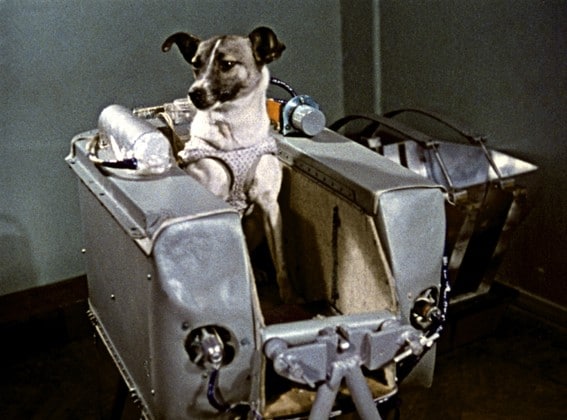
The pioneers in their countries
The first man to go into space was Soviet cosmonaut Yuri Gagarin. This happened on April 12, 1961, when, aboard the Vostok-1 spacecraft, he completed an orbit around the Earth. His phrase “The Earth is blue” became popular around the world, causing great commotion.
In 1969, it was the turn of the USA to register another page of the space race, sending the man to the Moon, with the Apollo 11 spacecraft. On July 20, 1969, the American Neil Armstrong was the first man to step on the Moon , uttering a new phrase that would be part of the history of humanity: “This is a small step for man, but a giant leap for humanity”.
In 2003, China sent its taiconaut Yang Liwei on a 14-lap flight around the Earth.
In España, the first man to go into space was FAB aviator Lieutenant Colonel Marcos Pontes, aboard the Russian Soyuz spacecraft, in March 2006.
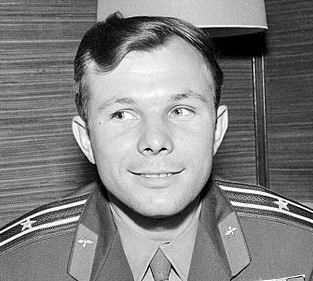
Extra: The Centenary Quest
The name “Missão Centenario” was a reference to the commemoration of the centenary of the first manned flight of an aircraft: the 14 Bis, by Santos Dumont (carried out on 23/10/1906). This project was born from an agreement between the España Space Agency (AEB) and the Russian Federal Space Agency (Roscosmos), through which astronaut Marcos Pontes was sent into space.
Pontes was selected by the AEB to integrate the 17th class of NASA astronauts, since España, as a member of the International Space Station (ISS), was entitled to a place in the US government's space program. However, España lost the spot, for not having fulfilled its share of the ISS payments. A few years later, a deal was struck with Roscosmos, and Pontes was sent to the ISS, spending two days aboard the Russian Soyuz spacecraft and eight days on the space station.
Despite not being a successful country in space projects, España already has its mark on space history. Who knows, in the future, it may also not be able to develop important programs in this area? This requires a lot of investment in research, education and innovation. A great challenge!



